Electric vehicles (EVs) are becoming increasingly popular, and with that comes the need for safe and reliable charging stations. EV chargers come with a variety of safety features to protect users and property from potential hazards such as:
Ground Fault Protection
There are some safety concerns associated with EV charging, particularly the risk of electric shock. Ground fault circuit interrupter (GFCI) protection is a critical safety feature that can help to prevent electric shock when charging an EV.

What is GFCI Protection?
A GFCI is a device that detects ground faults in an electrical circuit. A ground fault is a current that flows from an electrical conductor to the ground. GFCIs work by comparing the current flowing on the ungrounded conductor (hot wire) to the current flowing on the grounded conductor (neutral wire). If the currents are not equal, the GFCI will trip the circuit breaker, which will shut off the power to the circuit.
Why is GFCI Protection Important for EV Chargers?
EVs can draw a large amount of current, which can increase the risk of electric shock. GFCI protection helps to reduce this risk by detecting ground faults and shutting off the power to the circuit before an electric shock can occur.
How to Install GFCI Protection for EV Chargers
There are two ways to install GFCI protection for EV chargers:
- Install a GFCI circuit breaker.
- Install a GFCI receptacle.
To install a GFCI circuit breaker, you will need to replace the existing circuit breaker with a GFCI circuit breaker. This is the most common way to install GFCI protection for EV chargers.
To install a GFCI receptacle, you will need to purchase a GFCI receptacle and install it in the outlet that you will be using to charge your EV. GFCI receptacles are available at most home improvement stores.
What to Do If You Do Not Have GFCI Protection?
If you do not have GFCI protection for your EV charger, you should contact a qualified electrician to install it. GFCI protection is a critical safety feature that can help to prevent electric shock.
Here are some additional information about GFCI protection:
- GFCI protection is required by the National Electrical Code (NEC) for all EV charging stations installed in homes.
- GFCI protection can also be helpful for other electrical devices, such as swimming pool pumps and power tools.
- GFCI protection is available in a variety of sizes and amperages to accommodate different types of electrical loads.
Overcurrent Protection
Overcurrent protection is a safety feature that is designed to prevent electric vehicle (EV) chargers from overloading. This can happen if the charger is drawing too much current, which can lead to a fire or other damage. Overcurrent protection is typically provided by a circuit breaker or fuse, which will automatically disconnect the power to the charger if the current exceeds a certain threshold.
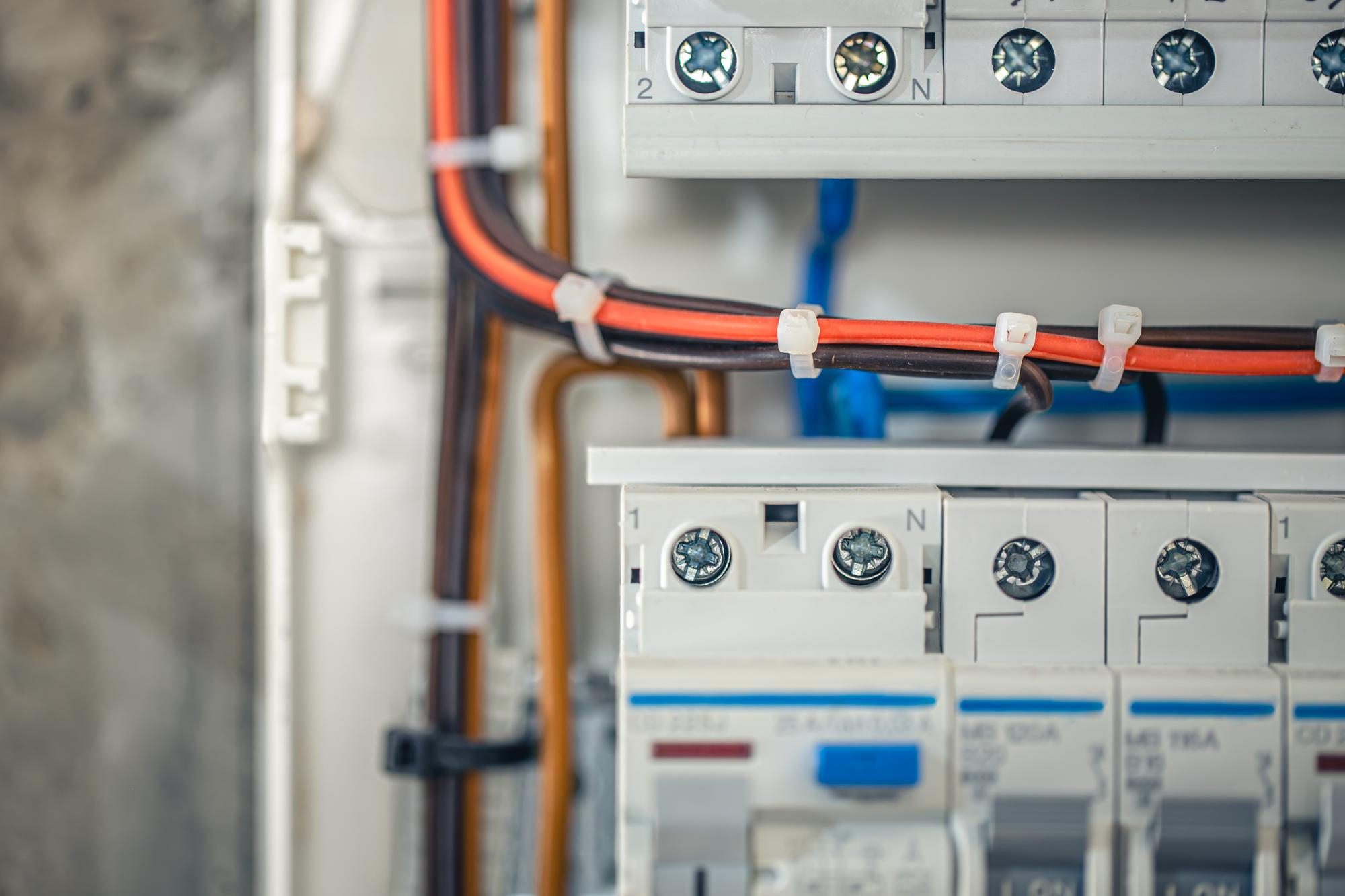
There are two main types of overcurrent protection for EV chargers:
- Internal overcurrent protection: This type of protection is built into the charger itself. It typically consists of a circuit breaker or fuse that is located inside the charger.
- External overcurrent protection: This type of protection is provided by a circuit breaker or fuse that is located outside of the charger. It is typically used in addition to the internal overcurrent protection that is built into the charger.
Overcurrent protection is an important safety feature that can help to prevent fires and other damage. It is important to make sure that your EV charger has adequate overcurrent protection.
How does overcurrent protection work?
Overcurrent protection works by detecting when the current flowing through an electrical circuit exceeds a certain threshold. When this happens, the overcurrent protection device will automatically disconnect the power to the circuit. This prevents the circuit from overheating and causing a fire or other damage.
There are two main types of overcurrent protection devices:
- Circuit breakers: Circuit breakers are mechanical devices that use a bimetallic strip to detect when the current flowing through a circuit exceeds a certain threshold. When this happens, the bimetallic strip will bend and cause the circuit breaker to open, which will disconnect the power to the circuit.
- Fuses: Fuses are electrical devices that use a small piece of metal to detect when the current flowing through a circuit exceeds a certain threshold. When this happens, the metal will melt and cause the fuse to open, which will disconnect the power to the circuit.
Why is overcurrent protection important for EV chargers?
EV chargers can draw a significant amount of current. If the charger is not properly protected, it can overheat and cause a fire or other damage. Overcurrent protection helps to prevent this by automatically disconnecting the power to the charger if the current exceeds a certain threshold.
How do I know if my EV charger has overcurrent protection?
The best way to know if your EV charger has overcurrent protection is to check the charger's documentation. The documentation should state the type of overcurrent protection that is provided by the charger.
If you are not sure if your EV charger has overcurrent protection, you can contact the manufacturer of the charger. The manufacturer should be able to provide you with information about the overcurrent protection that is provided by the charger.
What should I do if my EV charger does not have overcurrent protection?
If your EV charger does not have overcurrent protection, you should have it installed. Overcurrent protection is an important safety feature that can help to prevent fires and other damage. You can have overcurrent protection installed by a qualified electrician. The electrician will install a circuit breaker or fuse that is sized to the amperage of the EV charger.
Thermal Protection
Thermal protection is a critical feature of electric vehicle (EV) chargers. It helps to prevent overheating, which can damage the charger and pose a fire hazard. There are a number of different thermal protection technologies available, each with its own advantages and disadvantages.
One of the most common thermal protection technologies is air cooling. This involves using fans to circulate air around the charger, which helps to remove heat. Air cooling is relatively simple and inexpensive, but it can be less effective in hot environments.
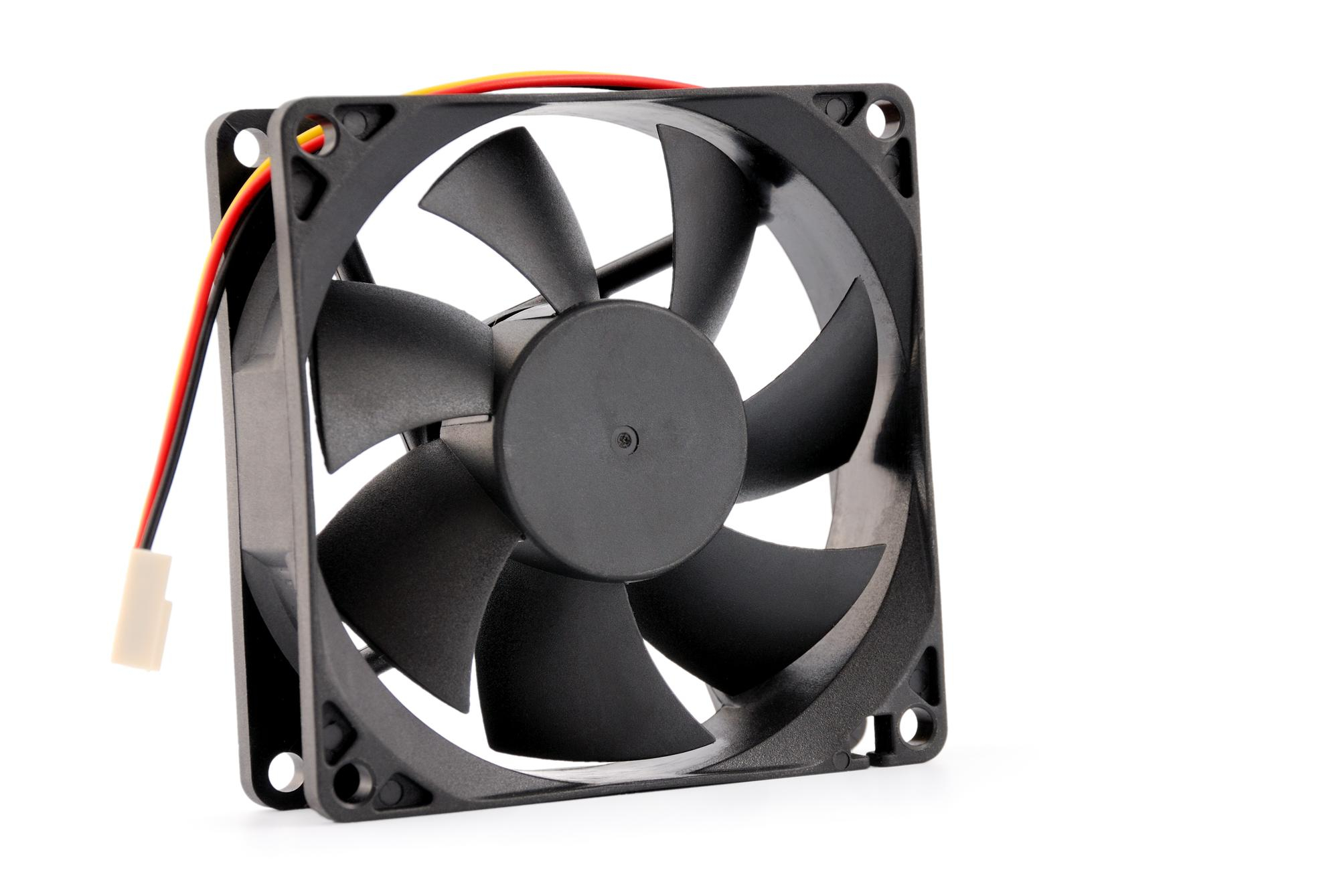
Another common thermal protection technology is liquid cooling. This involves circulating a liquid, such as water or oil, around the charger. The liquid absorbs heat from the charger and carries it away to a heat sink, where it is dissipated. Liquid cooling is more effective than air cooling, but it is also more expensive and complex.
Some EV chargers use a combination of air cooling and liquid cooling. This can provide the best of both worlds, offering both high efficiency and low cost.
Thermal protection is an important safety feature for EV chargers. It helps to prevent overheating, which can damage the charger and pose a fire hazard. There are a number of different thermal protection technologies available, each with its own advantages and disadvantages. The best thermal protection technology for a particular EV charger will depend on a number of factors, including the charger's power rating, the environment in which it will be used, and the cost.
In addition to safety, thermal protection can also improve the efficiency of EV chargers. When a charger overheats, it must reduce its power output. This can lead to longer charging times and reduced range. Thermal protection helps to prevent overheating, which can lead to faster charging times and longer range.
The benefits of thermal protection for EV chargers include:
- Improved safety: Thermal protection helps to prevent overheating, which can damage the charger and pose a fire hazard.
- Increased efficiency: Thermal protection helps to prevent overheating, which can lead to faster charging times and longer range.
- Reduced maintenance costs: Thermal protection can help to extend the lifespan of EV chargers, which can reduce maintenance costs.
Thermal protection is an important feature for EV chargers. It helps to improve safety, efficiency, and maintenance costs. When choosing an EV charger, it is important to consider the thermal protection features that are available.
Here are some additional details about the benefits of thermal protection for EV chargers:
Improved safety: Thermal protection helps to prevent overheating, which can damage the charger and pose a fire hazard. This is especially important in outdoor charging stations, which are exposed to the elements.
Increased efficiency: Thermal protection helps to prevent overheating, which can lead to faster charging times and longer range. This is because the charger can operate at its full power output when it is not overheating.
Reduced maintenance costs: Thermal protection can help to extend the lifespan of EV chargers, which can reduce maintenance costs. This is because the charger will not need to be repaired or replaced as often if it is not overheating.
Overall, thermal protection is an important feature for EV chargers. It helps to improve safety, efficiency, and maintenance costs. When choosing an EV charger, it is important to consider the thermal protection features that are available.
Lockout/Tagout
Lockout/tagout (LOTO) is a safety procedure used to prevent the accidental energizing of equipment during maintenance or repair. It involves physically disabling the equipment so that it cannot be energized, and then tagging the equipment to indicate that it is not to be energized.
LOTO is an important safety procedure for EV chargers, as they can carry a high voltage. If an EV charger is energized while someone is working on it, there is a risk of electric shock. LOTO helps to prevent this risk by ensuring that the charger cannot be energized until the work is complete.
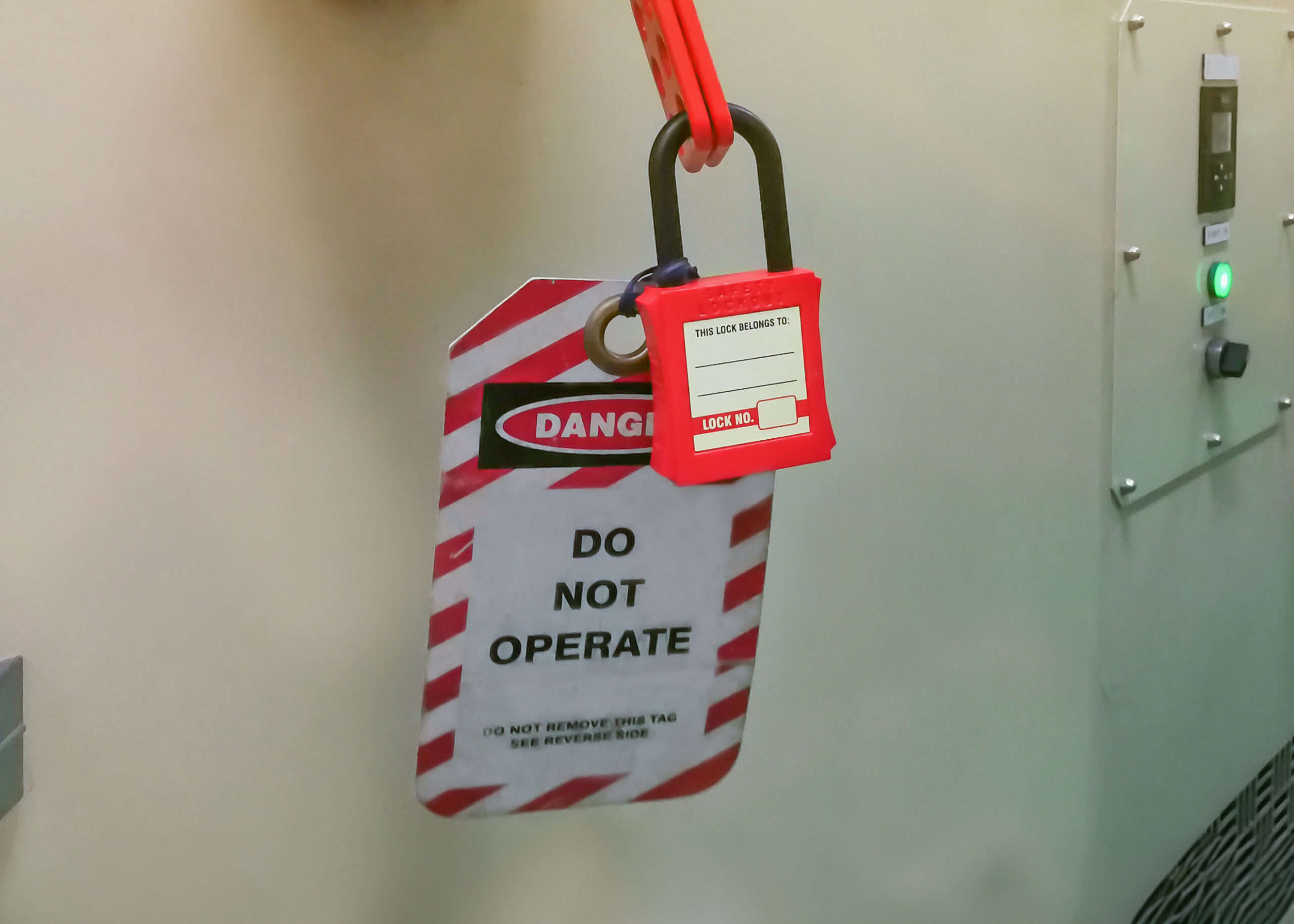
There are two main steps in the LOTO procedure for EV chargers:
- Disconnecting the power. This can be done by turning off the circuit breaker or disconnecting the power cord.
- Tagging the equipment. Once the power has been disconnected, a tag should be placed on the equipment to indicate that it is not to be energized.
The tag should be clearly visible and should include the following information:
- The name of the person who disconnected the power
- The date and time the power was disconnected
- A statement that the equipment is not to be energized
The LOTO procedure should be followed by all personnel who work on EV chargers. It is important to follow the procedure carefully to ensure that the equipment is properly disabled and that it cannot be energized accidentally.
Benefits of LOTO for EV Chargers
There are several benefits to using LOTO on EV chargers, including:
- Increased safety. LOTO helps to prevent electric shock by ensuring that the charger cannot be energized while someone is working on it.
- Reduced risk of fire. EV chargers can overheat if they are energized while someone is working on them. LOTO helps to reduce the risk of fire by preventing the charger from overheating.
- Improved productivity. LOTO can help to improve productivity by reducing the amount of time that is spent on safety-related tasks. When LOTO is used, workers can focus on the task at hand without having to worry about the safety of the equipment.
Overall, LOTO is an important safety procedure that can help to prevent accidents and injuries when working on EV chargers. It is a simple procedure that can be easily implemented and can have a significant impact on safety.
Here are some additional tips for using LOTO on EV chargers:
- Make sure that all personnel who work on EV chargers are trained in the LOTO procedure.
- Use lockout devices that are specifically designed for EV chargers.
- Keep lockout devices in a secure location when they are not in use.
- Inspect lockout devices regularly to ensure that they are in good working condition.
By following these tips, you can help to ensure that EV chargers are properly secured and that they cannot be energized accidentally.
Emergency Stop Switch
An emergency stop switch is a safety feature on electric vehicle (EV) chargers. It is designed to be used in the event of an emergency, such as a fire or a gas leak. When the emergency stop switch is pressed, it will immediately shut off the power to the charger. This can help to prevent serious injuries or property damage.
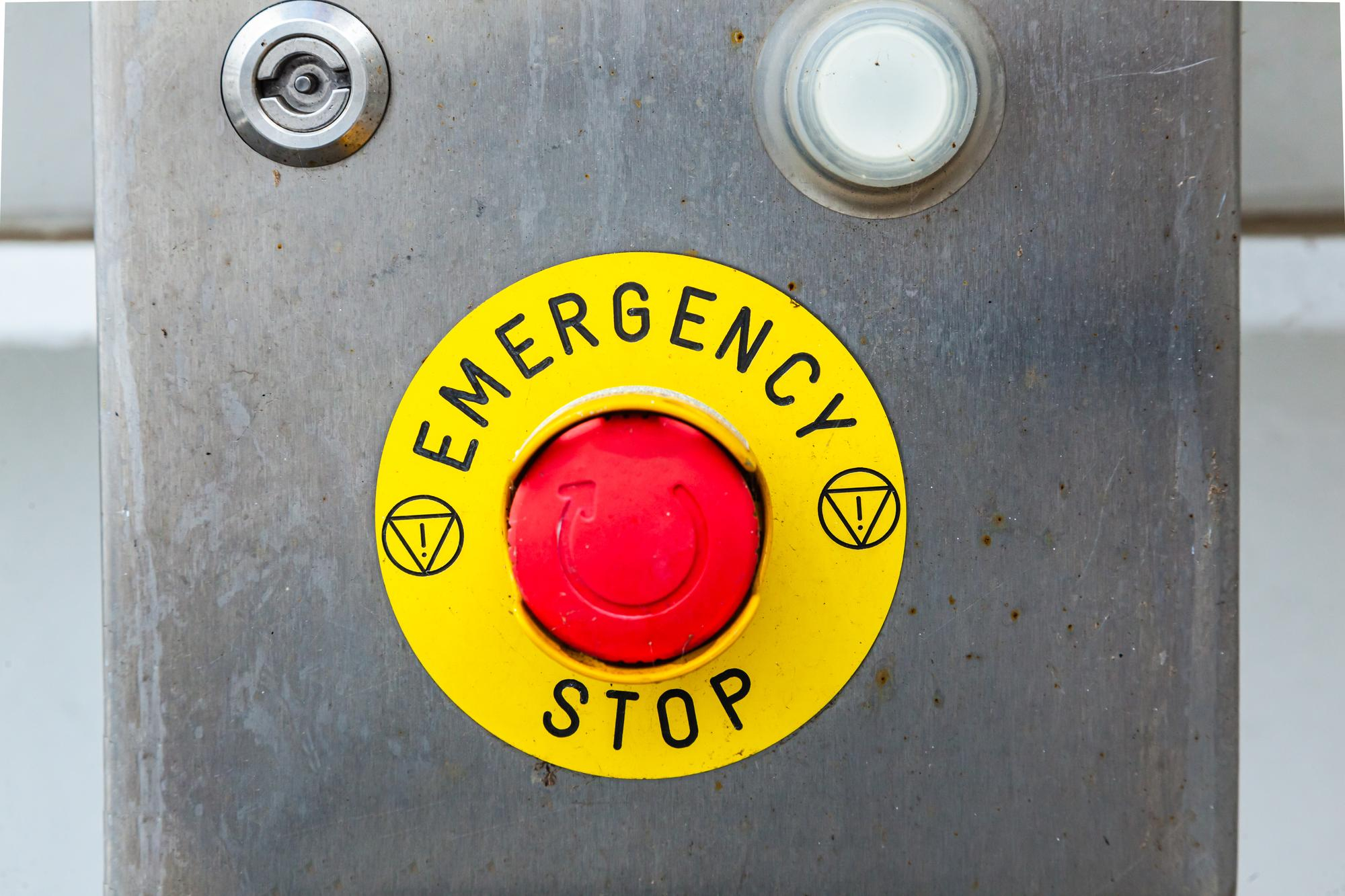
There are several benefits to having an emergency stop switch on an EV charger. These include:
- Increased safety: The emergency stop switch can help to prevent serious injuries or property damage in the event of an emergency.
- Reduced risk of fire: The emergency stop switch can help to prevent fires by shutting off the power to the charger in the event of a short circuit or other electrical hazard.
- Improved peace of mind: Knowing that there is an emergency stop switch available can give EV drivers peace of mind, knowing that they can quickly shut off the power to the charger in the event of an emergency.
How to Use an Emergency Stop Switch on an EV Charger
The emergency stop switch is typically located near the EV charger. It is usually a red button that is clearly labeled "Emergency Stop." To use the emergency stop switch, simply press the button. The power to the charger will be immediately shut off.
The emergency stop switch should only be used in an emergency. Some examples of when you might need to use the emergency stop switch include:
- If you see smoke or flames coming from the charger
- If you smell gas
- If you see a person or animal that is in danger of being electrocuted
- If you suspect that there is a problem with the charger
What to Do After Using an Emergency Stop Switch on an EV Charger
After using the emergency stop switch, you should immediately contact the EV charger manufacturer or your local fire department. The manufacturer or fire department will be able to help you assess the situation and determine the next steps.
Labeling
As the number of electric vehicles (EVs) on the road continues to grow, so does the need for EV charging stations. In order to make it easy for EV drivers to find and use charging stations, it is important to have clear and concise labeling on these stations.
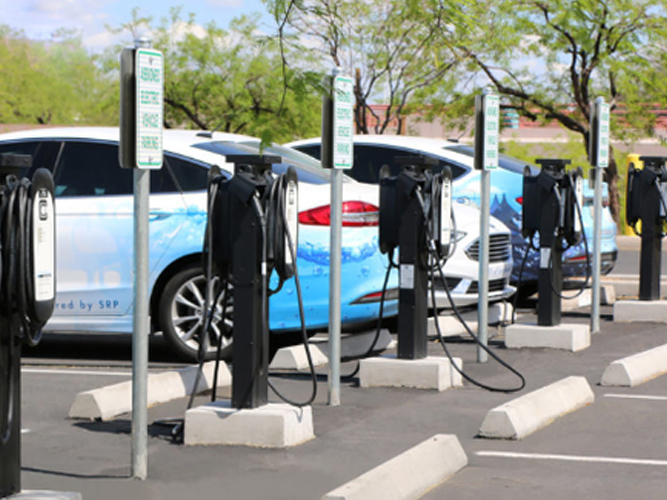
There are a number of benefits to having clear and concise labeling on EV chargers. First, it can help EV drivers to quickly and easily identify the type of charger that is available. This is important because not all chargers are compatible with all EVs.
Second, clear labeling can help EV drivers to determine the amount of time it will take to charge their vehicle. This is important because EV drivers need to know how long they will need to wait to charge their vehicle before they can continue on their journey.
Third, clear labeling can help EV drivers to understand the cost of charging their vehicle. This is important because EV drivers need to know how much it will cost them to charge their vehicle before they can decide whether or not to use a particular charger.
There are a number of different ways to label EV chargers. One common way is to use a combination of text and symbols. The text should clearly identify the type of charger, the amount of power that the charger can provide, and the cost of charging. The symbols should be used to indicate the type of plug that is required for the charger.
Another way to label EV chargers is to use a color-coding system. Each type of charger can be assigned a different color, and the color can be used to indicate the amount of power that the charger can provide. This can be a helpful way for EV drivers to quickly and easily identify the type of charger that is available.
It is important to note that there are no federal or state regulations that require EV chargers to be labeled. However, many states and municipalities have adopted their own regulations that require EV chargers to be labeled. It is important to check with the local authorities to determine what labeling requirements are in place.
By following these guidelines, you can help to ensure that your EV chargers are clearly and concisely labeled. This will make it easier for EV drivers to find and use your chargers, which will help to promote the use of EVs and reduce our reliance on fossil fuels.
Here are some additional benefits of having clear and concise labeling on EV chargers:
- Improved customer experience: Clear and concise labeling can help to improve the customer experience by making it easier for EV drivers to find and use charging stations. This can lead to increased satisfaction with the EV charging experience, which can encourage more people to switch to EVs.
- Reduced confusion: Clear and concise labeling can help to reduce confusion among EV drivers about the different types of chargers and how to use them. This can help to prevent drivers from wasting time trying to use chargers that are not compatible with their vehicles.
- Increased safety: Clear and concise labeling can help to increase safety by making it easier for EV drivers to identify and avoid potential hazards. For example, labeling can be used to warn drivers about the dangers of electric shock or fire.
Certification
EV chargers must meet certain safety and performance standards. These standards are set by a variety of organizations, including Underwriters Laboratories (UL), the National Electrical Code (NEC), and the International Electrotechnical Commission (IEC).
UL Certification:
UL is a global safety certification organization that tests and certifies products for a variety of hazards, including electrical safety, fire safety, and environmental safety. UL certification is considered to be the gold standard for safety certification, and it is required for many products sold in the United States.
In order to be UL-certified, an EV charger must meet all applicable safety standards. These standards include requirements for electrical insulation, ground fault protection, and overcurrent protection. UL also tests EV chargers for performance, ensuring that they can deliver the amount of power required to charge an EV in a reasonable amount of time.
NEC Certification:
The NEC is a set of electrical safety standards that are adopted by most jurisdictions in the United States. The NEC requires that all electrical equipment, including EV chargers, be installed in accordance with the code. This helps to ensure that EV chargers are installed safely and that they do not pose a fire hazard.
IEC Certification:
The IEC is an international standards organization that develops standards for a variety of products, including EV chargers. IEC certification is recognized worldwide, and it is often required for products that are sold in multiple countries.
In order to be IEC-certified, an EV charger must meet all applicable safety and performance standards. These standards include requirements for electrical insulation, ground fault protection, overcurrent protection, and electromagnetic compatibility. IEC also tests EV chargers for environmental compatibility, ensuring that they do not pose a hazard to the environment.
Benefits of Certified EV Chargers:
There are several benefits to using certified EV chargers. First, certified chargers are more likely to be safe. They have been tested and certified to meet all applicable safety standards, which helps to reduce the risk of fire or electrical shock. Second, certified chargers are more likely to be reliable. They have been tested and certified to meet all applicable performance standards, which helps to ensure that they can deliver the amount of power required to charge an EV in a reasonable amount of time. Third, certified chargers are more likely to be compatible with a wider range of EVs. They have been tested and certified to meet all applicable standards, which helps to ensure that they can be used to charge a variety of EVs.
If you are considering purchasing an EV charger, it is important to choose a charger that is certified by a reputable organization such as UL, NEC, or IEC. This will help to ensure that you are getting a safe, reliable, and compatible charger.
Additional Information
In addition to safety and performance standards, there are a few other things to consider when choosing an EV charger. These include:
- Power output: The power output of an EV charger is measured in kilowatts (kW). The higher the power output, the faster the charger will be able to charge an EV.
- Connector type: There are two main types of EV connectors: the J1772 connector and the CHAdeMO connector. The J1772 connector is the most common type of connector in the United States. The CHAdeMO connector is used by some Japanese and European EVs.
- Price: EV chargers can range in price from a few hundred dollars to several thousand dollars. The price of a charger will depend on the power output, connector type, and features.
It is important to choose an EV charger that meets your needs and budget. Consider the factors listed above to help you make the best decision.
Additional Safety Tips
In addition to the safety features that are built into EV chargers, there are a few additional safety tips that you can follow to help keep yourself safe while charging your EV:
- Always use a charger that is certified by a nationally recognized testing laboratory.
- Never use an extension cord to connect your EV to a charger.
- Make sure that the charger is properly grounded.
- Do not charge your EV in wet or damp areas.
- Keep children and pets away from the charger while it is in use.
- If you see any damage to the charger, do not use it.
By following these safety tips, you can help to ensure that you use EV chargers safely and prevent accidents.
